A lot of new growth are sprouting out from the forest floor.
Saw many Greater Bee Flies (Bombylius major) flying around. Last year, I first saw them on April 27th in Peterborough.
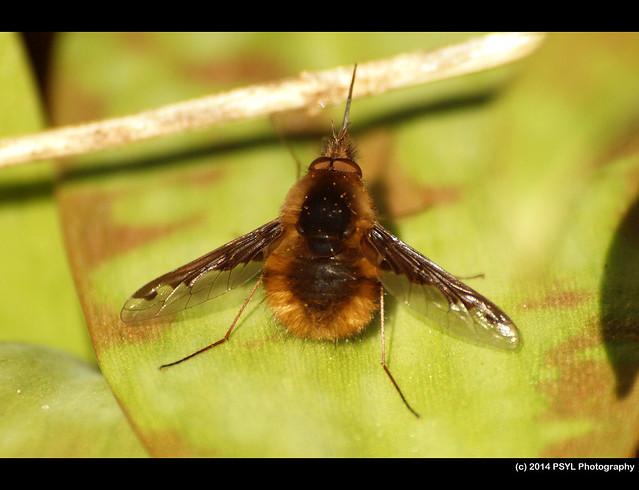

Never get tired of seeing these interesting flies.
While I was crouching down on the ground taking photos of the resting flies, some were hovering above me.
Looking up, I also saw the first quarter moon.
Got spooked by this female Mallard hiding among the brown vegetation.
There were more Trout Lilies (Erythronium americanum) flowering than last time, and in one sunny patch, the flower were visited by many bees, including two Common Eastern Bumble Bee queens (Bombus impatiens). Another firsts of the year!

They are enormous compare to the small bees.

They are enormous compare to the small bees.
This bee spent a few minutes grooming herself before crawling deeper into the vegetation - to rest or to find a home?
Last time, I didn't check if the Spring beauty flowers here were C. caroliniana (leaves tapering at the base to a short stalk) or C. virginica (stalkless leaves). Today, I specifically photographed the leaves and I think it is C. caroliniana, especially if it has broader and oval-shaped leaves, according to this blog.
Before today, I had seen two species of butterfly so far this year - a Mourning Cloak in Gatineau last week and a blue butterfly here on Saturday, but I didn't get a chance to photograph either of them. This afternoon, as I was walking out of the neighbourhood, I saw a Mourning Cloak landing on someone's driveway. It's a sign!
Then in the woodland, I came across two Mourning Cloaks.
Mourning Cloak (Nymphalis antiopa). So beautiful.
When one of them flew off, it was being chased by another species of butterfly - an Eastern Comma (Polygonia comma)! So I have seen and photographed three and two species, respectively.
There were two Eastern Commas that I saw in total today.
Then I saw the first flowering White Trillium (Trillium grandiflorum) of the year.
Spring is exciting for someone like me who wants to stay outside all the time and observe the new and interesting fauna and flora emerging from their winter slumber.
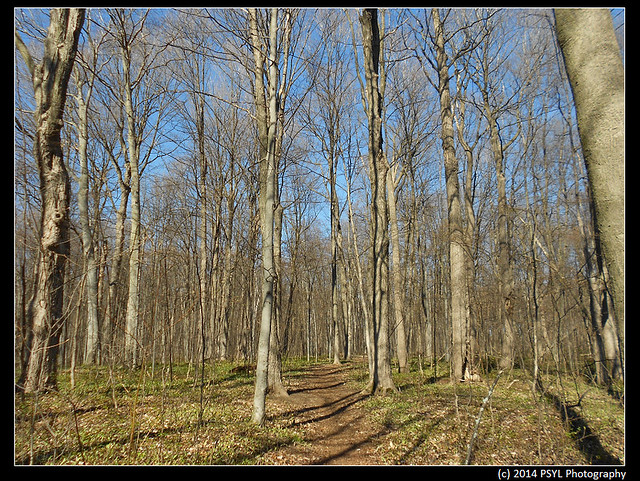
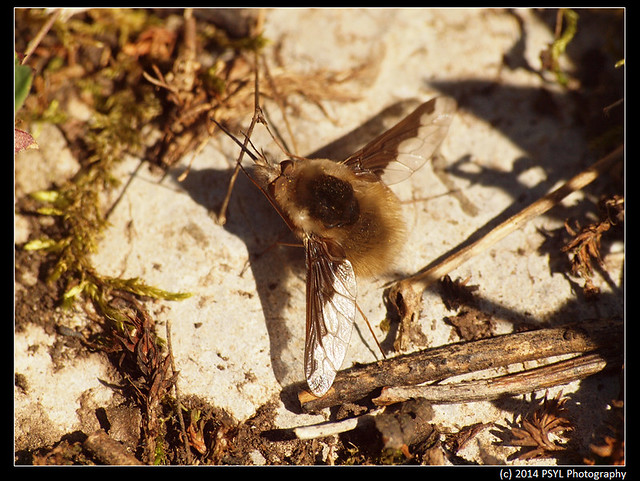
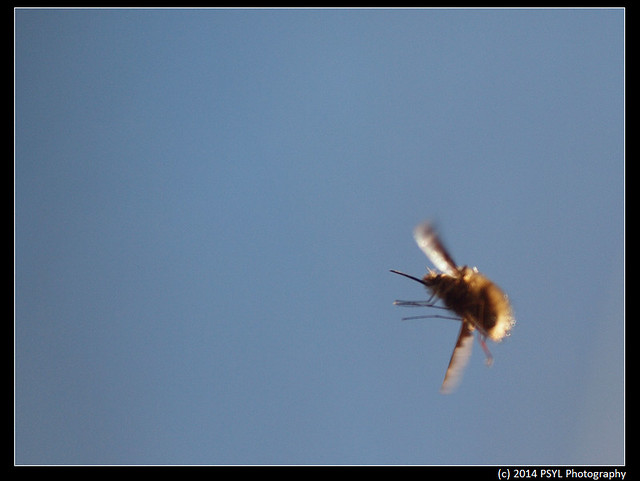
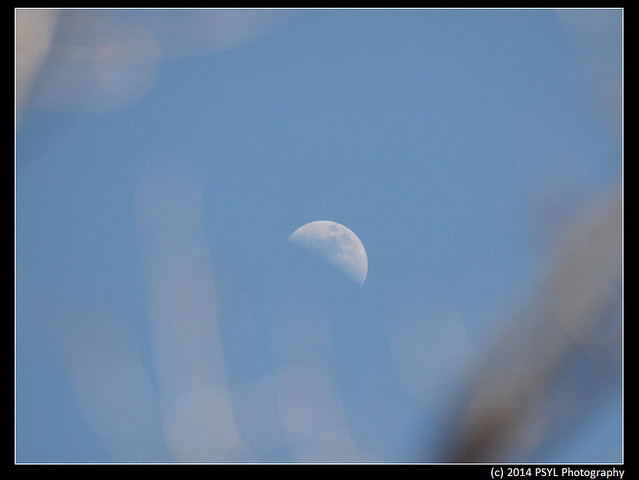

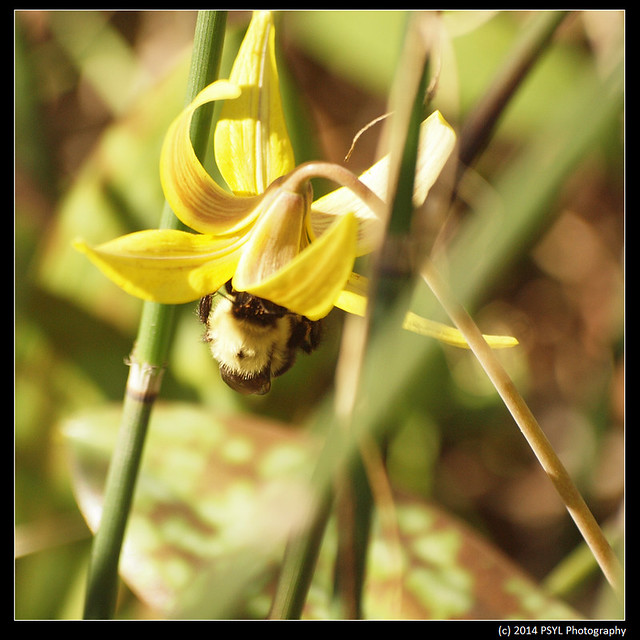
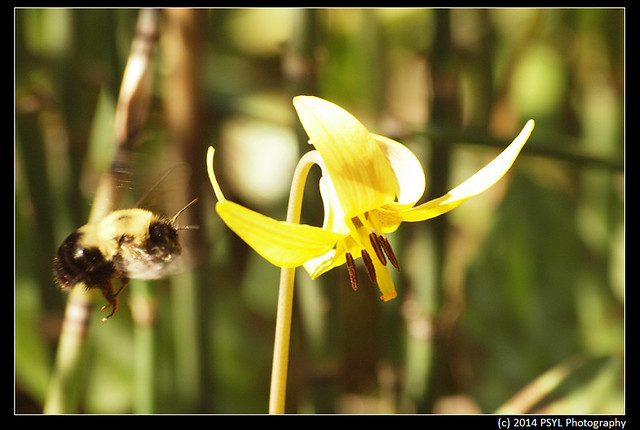
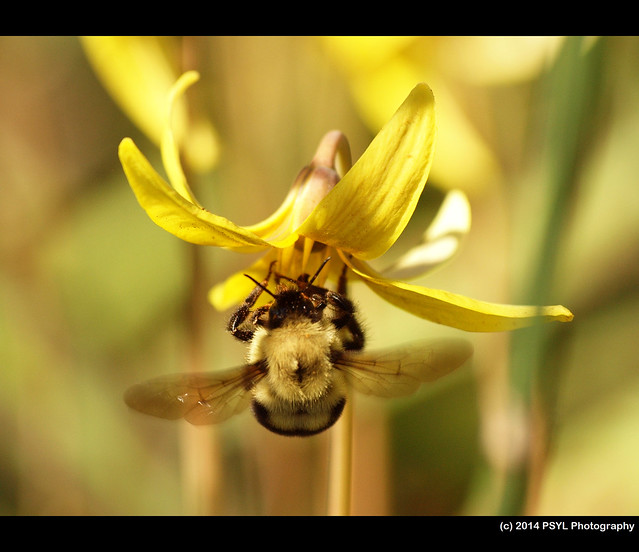
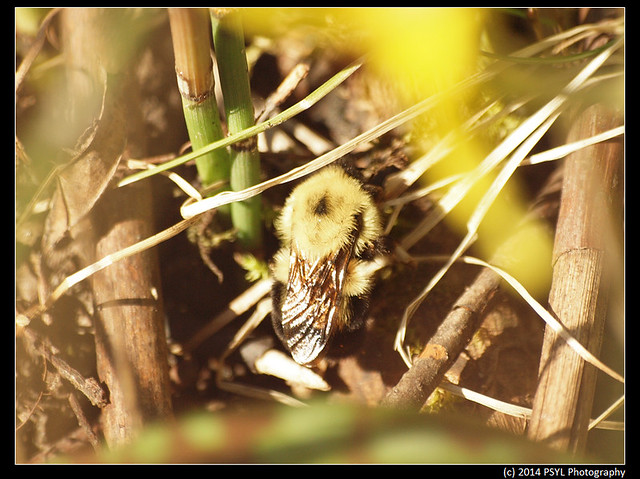
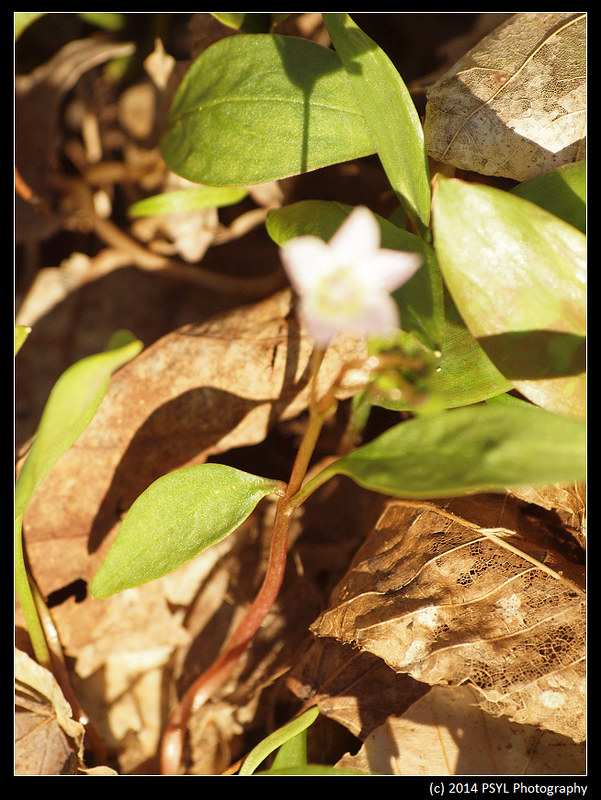
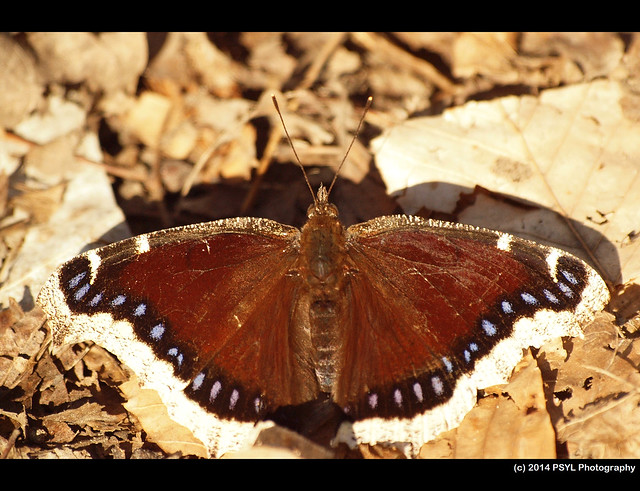
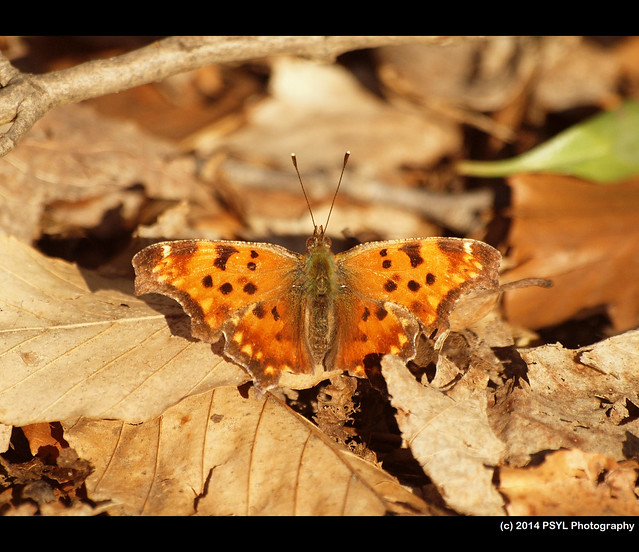

No comments:
Post a Comment